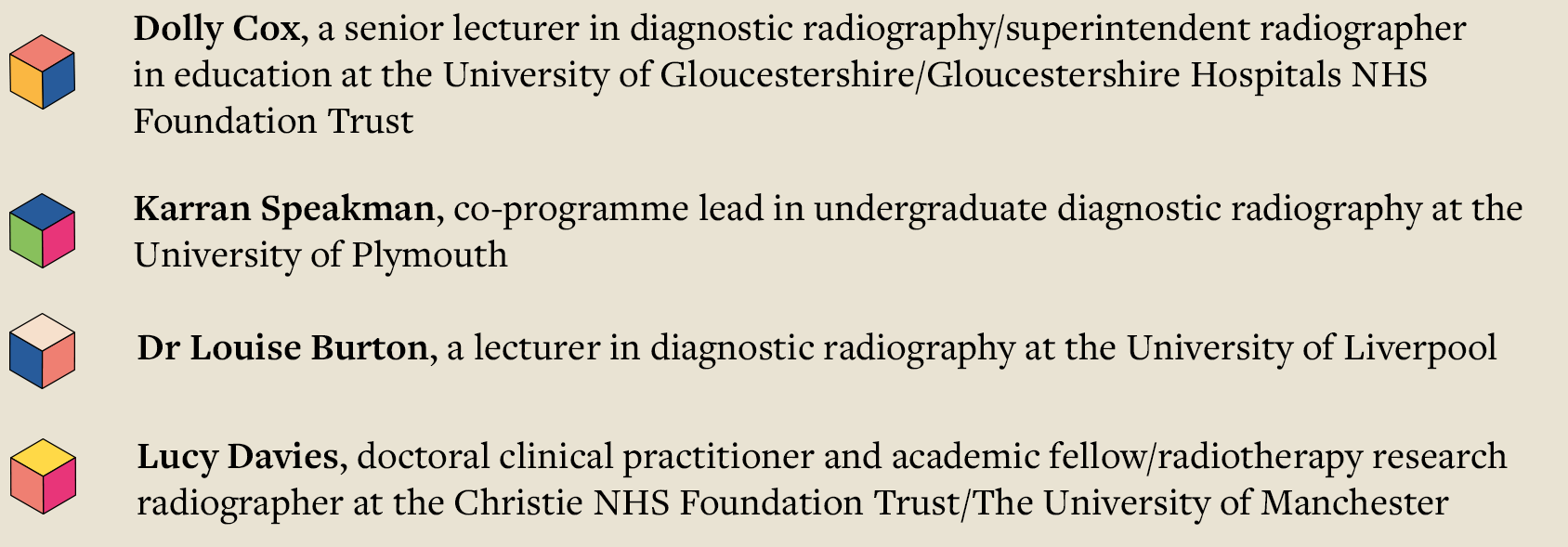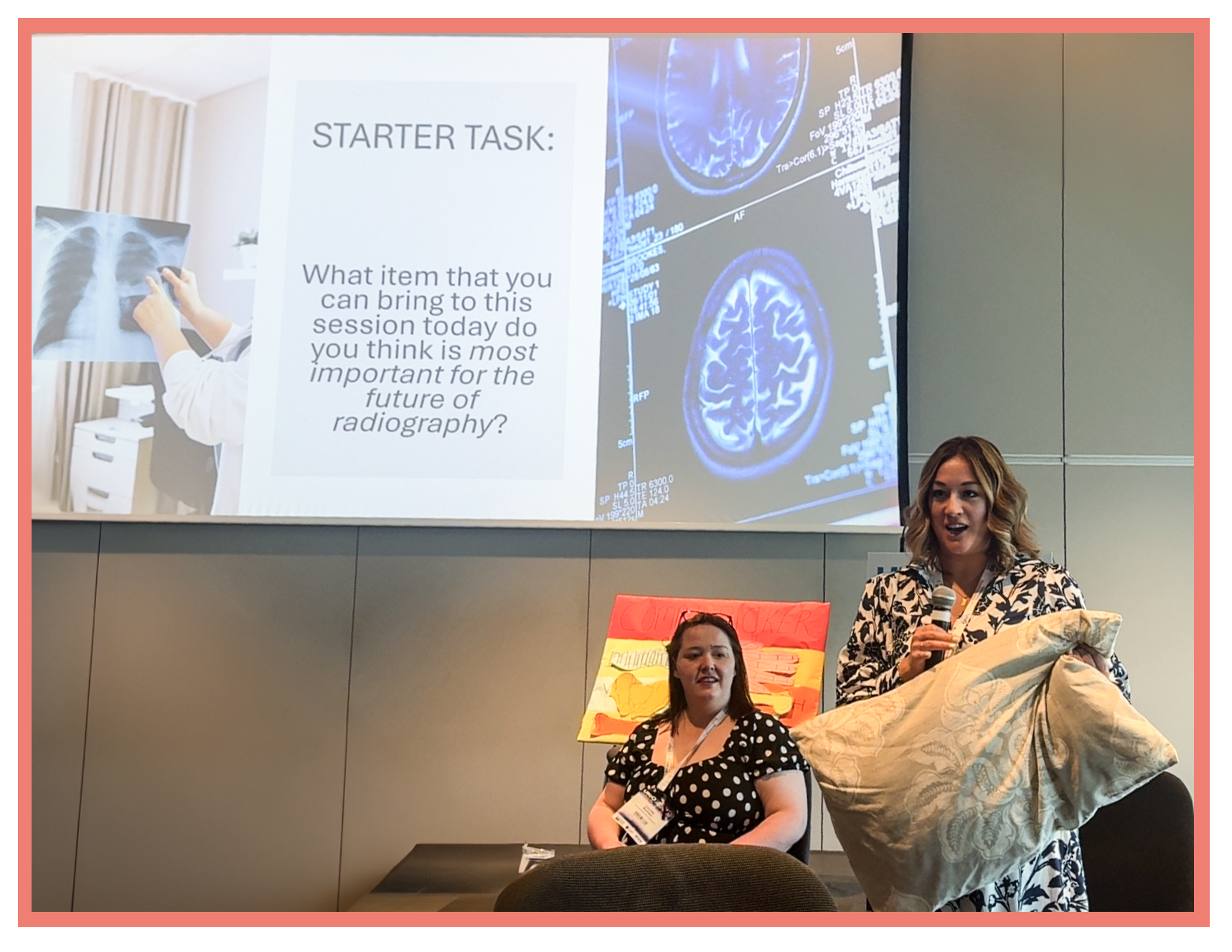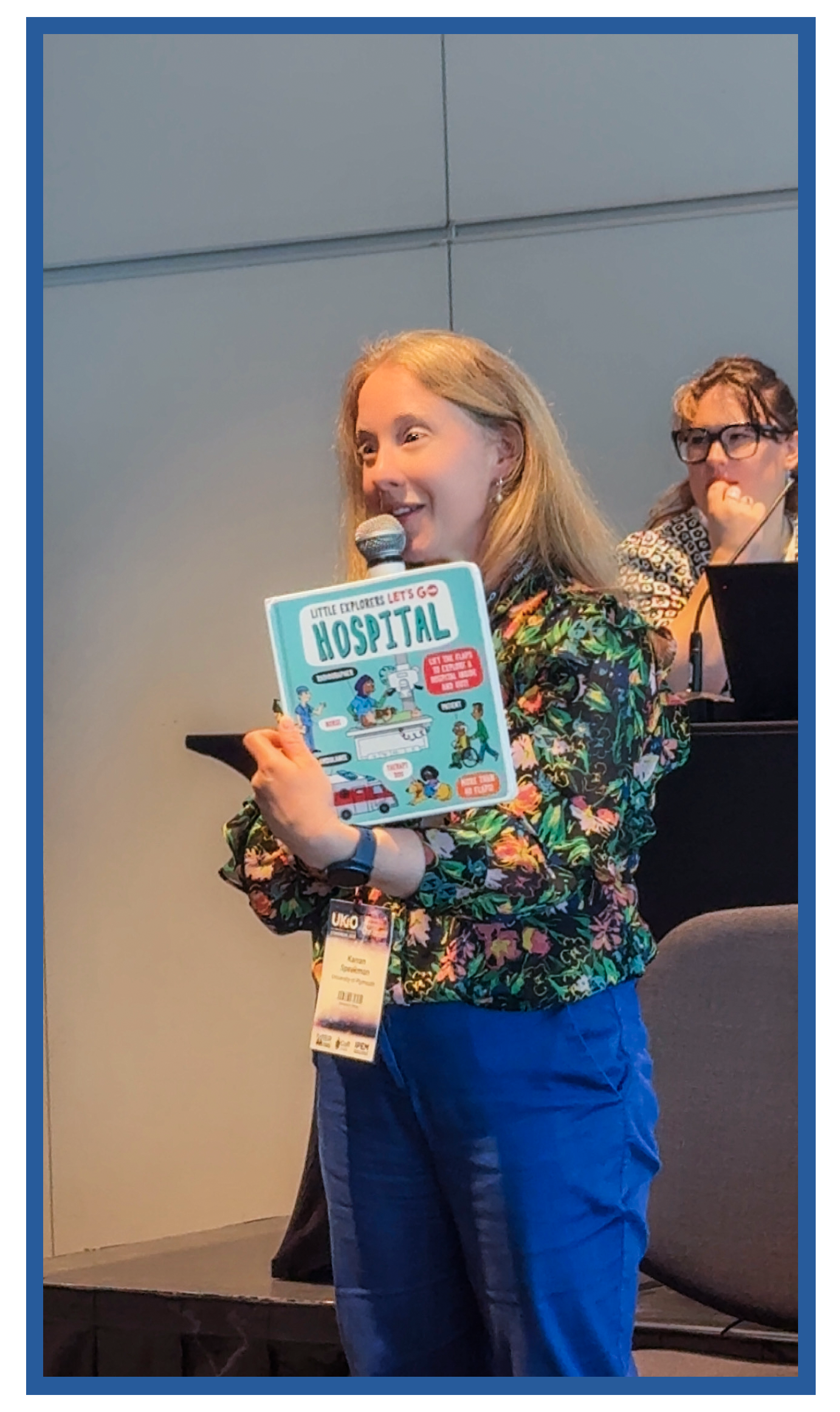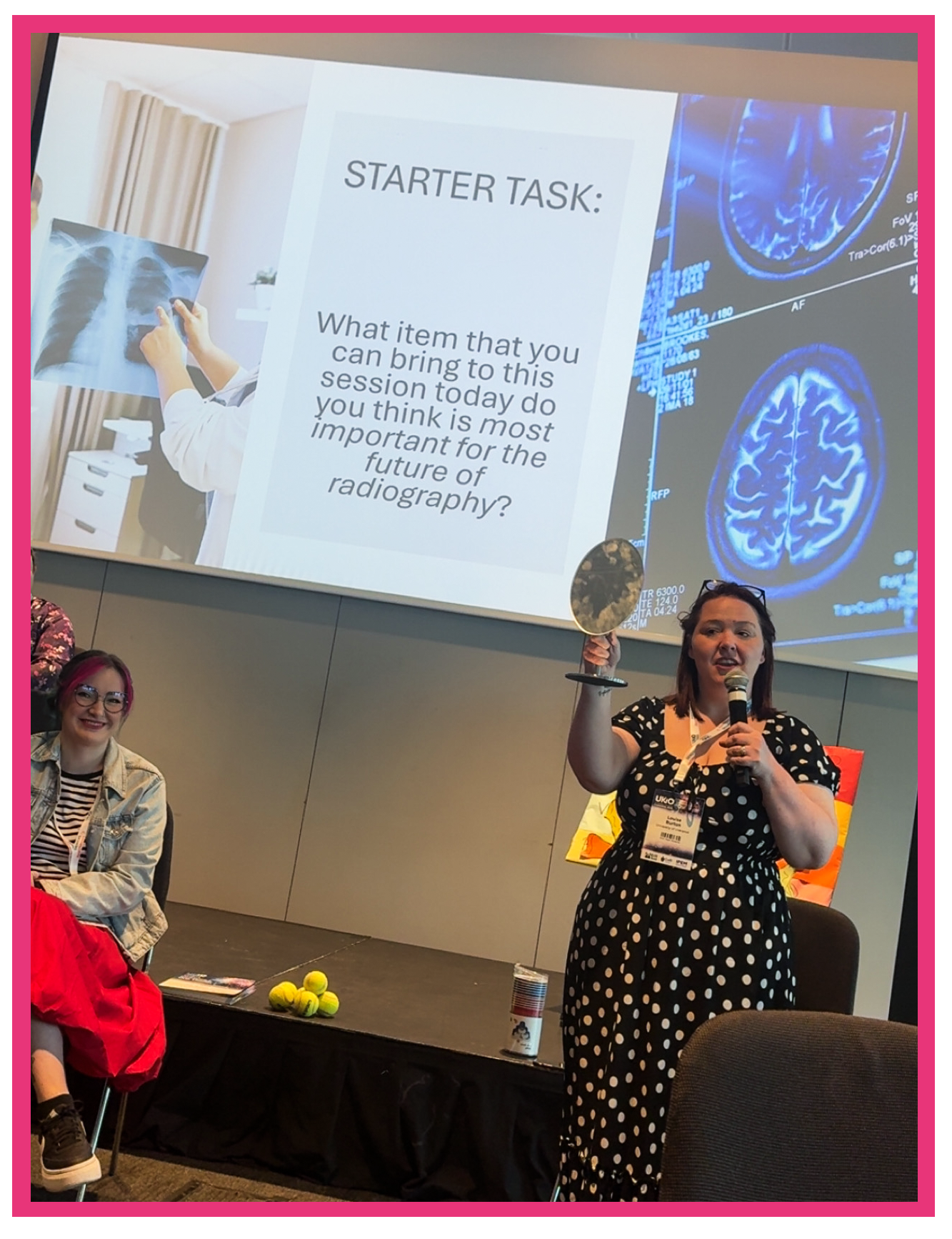Gamifying the learning experience: inside the first Radiographer Games
The final day of UKIO 2025 celebrated the inaugural Radiographer Games, a new opportunity to engage students in learning. Marese O’Hagan recaps the educational session
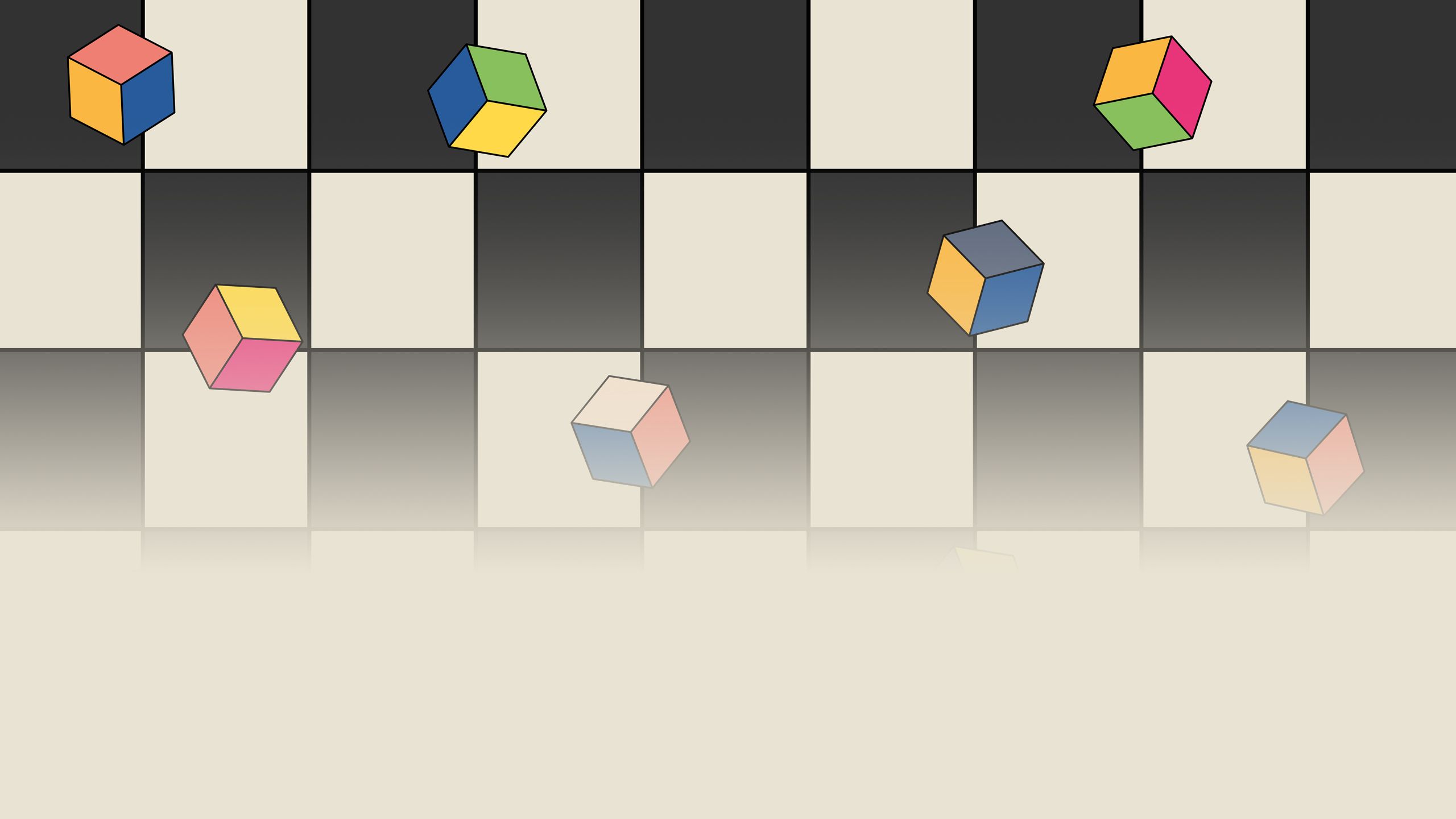
The final day of the UK Imaging and Oncology congress (UKIO) is often the quietest of the popular three-day conference. This was also true for the 2025 edition, where the last day saw delegates begin to pack up and head home, scurrying to catch various modes of transport out of the city after enjoying the packed itinerary on offer on 2-4 June.
But day three of UKIO 2025 had something new to offer. Tucked away in Room 3A in the ACC Liverpool on the morning of 4 June was a brand-new session designed specifically for the benefit of students: the inaugural Radiographer Games. The one-hour gathering was hosted by Dr Fay Manning, a lecturer in medical imaging at the University of Exeter, and Catriona Hynes, a lecturer at Sheffield Hallam University.
Samantha Pilkington, a Diagnostic Radiographer and research associate at Shrewsbury and Telford Hospitals NHS Trust and UWE Bristol chaired the session. As the student sessions developer, she also came up with the idea for the games, getting inspiration from a survey she sent out. “It was important to me to create a curriculum that was current, relevant and in line with the interests of potential attendees/our target population,” she says. “I created a very brief engagement survey to capture current students and new radiographers’ opinions on topics that would be most interesting and useful to them.
“Some of the topics came together nicely into closed-loop sessions, but other topics that were very popular didn’t necessarily fit very easily into a cohesive session, so I thought a ‘game show’ style format with a variety of visual and kinaesthetic tasks relating to the topics would be a nice way to put theoretical concepts together that may have been out of place next to each other in a different kind of session.”
Engaging with the target audience
As well as addressing the topics brought up in the survey, the purpose of the games was to show that students can learn through play, and don’t necessarily need the most expensive tech and equipment to get the point across.
Throughout the session, four participants – all educators – were charged with completing a number of tasks that demonstrated different aspects of radiography, while a packed room of mostly students watched eagerly. The participants were:
Bringing it back to the student experience
Some tasks could be pre-prepared, while others require on-the-spot thinking. For the first task, the participants were asked to bring in an item that, to them, represented the future of radiography. They then had to explain the meaning of the item to the eager students in attendance.
Dolly brought a little owl to represent education, while Karran presented a lift-the-flap children’s book that had a radiographer on the cover. A mirror was Louise’s choice, to reflect how students are the future of the profession, and Lucy – who works in proton beam therapy – went for a pillow. This was a two-pronged approach: on one hand, it represented the need to advocate for proton beam therapy patients to have more comfort, as waiting times are very long. On the other hand, Lucy implored that radiography students also needed to prioritise self care. “I think it was a real novel concept,” Lucy reflected after the Radiographer Games wrapped up. “It was really original, so it was good to get involved.
“Hopefully [it] will help convey what we’re trying to present to the students in a way that they’ll remember it, but also they’ll be able to pick out snippets of what we’ve suggested and take it into their practice moving forward.”
The games only became more interactive from there. The next task was Bremsstrahlung Bowling, a hands-on task designed to bring the process of braking radiation to life. The four contestants were asked to make an X-ray – or change the nature of an X-ray – from household items used to represent electrons and the atomic nucleus. Small colourful balls played the role of electrons, while the atomic nucleus was represented by a stack of red solo cups – a surefire student staple.
Each participant took charge of one step of the process by moving the objects in a certain way. Louise made the X-ray, Lucy reduced the dose of the previous X-ray, Dolly increased the milliampere-seconds (maS, the amount of radiation produced by an X-ray tube) and Karran reduced the scatter.
Lucy Davies
Lucy Davis
Bringing it back to the student experience
Some tasks could be pre-prepared, while others require on-the-spot thinking. For the first task, the participants were asked to bring in an item that, to them, represented the future of radiography. They then had to explain the meaning of the item to the eager students in attendance.
Dolly brought a little owl to represent education, while Karran presented a lift-the-flap children’s book that had a radiographer on the cover. A mirror was Louise’s choice, to reflect how students are the future of the profession, and Lucy – who works in proton beam therapy – went for a pillow. This was a two-pronged approach: on one hand, it represented the need to advocate for proton beam therapy patients to have more comfort, as waiting times are very long. On the other hand, Lucy implored that radiography students also needed to prioritise self care. “I think it was a really novel concept,” Lucy reflected after the Radiographer Games wrapped up. “It was really original, so it was good to get involved.
Lucy Davies
Lucy Davis
“Hopefully [it] will help convey what we’re trying to present to the students in a way that they’ll remember it, but also they’ll be able to pick out snippets of what we’ve suggested and take it into their practice moving forward.”
The games only became more interactive from there. The next task was Bremsstrahlung Bowling, a hands-on task designed to bring the process of braking radiation to life. The four contestants were asked to make an X-ray – or change the nature of an X-ray – from household items used to represent electrons and the atomic nucleus. Small colourful balls played the role of electrons, while the atomic nucleus was represented by a stack of red solo cups – a surefire student staple.
Each participant took charge of one step of the process by moving the objects in a certain way. Louise made the X-ray, Lucy reduced the dose of the previous X-ray, Dolly increased the milliampere-seconds (maS, the amount of radiation produced by an X-ray tube) and Karran reduced the scatter.
Dolly Cox
Dolly Cox
Accessibility in learning
Dolly tells Synergy that the hands-on nature of the Radiographer Games allowed more complicated processes to be broken down for students. “I think it’s innovative,” she says. “There’s lots of research about gamification in education at the moment, so I think it’s a really good way to do that. In terms of physics, it breaks it down nicely.”
She adds that gamification “does promote that higher-order thinking, that retention, that cognitive development that they need”.
“I also think it breaks down barriers,” she continues. “There is a lot of hierarchy in education, and that’s something I don’t really love. So I think doing it in this way breaks down that barrier and makes it more of a discussion rather than a passive experience for them.”
The household objects were put aside momentarily for the next task, which was a live peer review session. Three articles were displayed on a screen at the front of the room centred around the same topic: how sonographers feel about undertaking ovarian scans, and their lived experience of it. The participants had to act as a peer review panel and analyse the articles within two minutes. “It gives them a flavour of what it’s really like to do the research end of things as well, from a lived-in experience rather than just maybe people who are a bit more detached from it,” says Dolly.
Accessibility in learning
Dolly tells Synergy that the hands-on nature of the Radiographer Games allowed more complicated processes to be broken down for students. “I think it’s innovative,” she says. “There’s lots of research about gamification in education at the moment, so I think it’s a really good way to do that. In terms of physics, it breaks it down nicely.”
She adds that gamification “does promote that higher-order thinking, that retention, that cognitive development that they need”.
“I also think it breaks down barriers,” she continues. “There is a lot of hierarchy in education, and that’s something I don’t really love. So I think doing it in this way breaks down that barrier and makes it more of a discussion rather than a passive experience for them.”
Dolly Cox
Dolly Cox
The household objects were put aside momentarily for the next task, which was a live peer review session. Three articles were displayed on a screen at the front of the room centred around the same topic: how sonographers feel about undertaking ovarian scans, and their lived experience of it. The participants had to act as a peer review panel and analyse the articles within two minutes. “It gives them a flavour of what it’s really like to do the research end of things as well, from a lived-in experience rather than just maybe people who are a bit more detached from it,” says Dolly.
Demonstrating patient interaction
For the final task, a large inflatable die was thrown into the crowd and rolled by whichever student happened to catch it. The number on the die corresponded to a type of patient a radiographer could encounter. The dice was rolled four times, and a patient type was assigned to each contestant.
The contestants then chose a random object out of a bag. The goal of the task was to explain how you would use the object to interact with your patient type. Karran went first and explained how she would use a tube of bubble liquid to interact with a patient who was deaf or hard of hearing. She told the student audience how one of the most common ways of engaging with people who are hard of hearing is to demonstrate what is going to happen.
Looking back after the session, Karran says a conference like UKIO is the ideal setting to test the possibilities of gamification in education. “I thought it was innovative, inspiring and future-evoking,” she tells Synergy. “I think there’re great opportunities for gamification in education, and the opportunity to bring it to conferences would be perfect.”
Karran Speakman
Karran Speakman
Next was Dolly, who was tasked with interacting with a patient with a learning difficulty or disability using a picture of Brixham, a coastal town in southwest England. Dolly explained how learning needs can come in many forms, and suggested asking the patient if they’d ever been to the seaside or the beach. If the patient is more tactile inclined, she added, you could engage them by allowing them to touch the picture.
The third roll of the die saw Louise assigned paediatrics and asked to explain how to use coasters with pictures of animals on them to interact with a young patient. A paediatric radiographer by background, Louise explained how they tend to do a lot of distraction tactics. In this instance, she could ask the patient what sound one of the animals makes.
Finally, Lucy was assigned a dementia patient and explained how she would interact with them using two toy dinosaurs. She highlighted how consistency with patients with memory loss is key.
Demonstrating patient interaction
For the final task, a large inflatable die was thrown into the crowd and rolled by whichever student happened to catch it. The number on the die corresponded to a type of patient a radiographer could encounter. The dice was rolled four times, and a patient type was assigned to each contestant.
The contestants then chose a random object out of a bag. The goal of the task was to explain how you would use the object to interact with your patient type. Karran went first and explained how she would use a tube of bubble liquid to interact with a patient who was deaf or hard of hearing. She told the student audience how one of the most common ways of engaging with people who are hard of hearing is to demonstrate what is going to happen.
Looking back after the session, Karran says a conference like UKIO is the ideal setting to test the possibilities of gamification in education. “I thought it was innovative, inspiring and future-evoking,” she tells Synergy. “I think there’re great opportunities for gamification in education, and the opportunity to bring it to conferences would be perfect.”
Karran Speakman
Karran Speakman
Next was Dolly, who was tasked with interacting with a patient with a learning difficulty or disability using a picture of Brixham, a coastal town in southwest England. Dolly explained how learning needs can come in many forms, and suggested asking the patient if they’d ever been to the seaside or the beach. If the patient is more tactile inclined, she added, you could engage them by allowing them to touch the picture.
The third roll of the die saw Louise assigned paediatrics and asked to explain how to use coasters with pictures of animals on them to interact with a young patient. A paediatric radiographer by background, Louise explained how they tend to do a lot of distraction tactics. In this instance, she could ask the patient what sound one of the animals makes.
Finally, Lucy was assigned a dementia patient and explained how she would interact with them using two toy dinosaurs. She highlighted how consistency with patients with memory loss is key.
Why is student engagement important?
The session wrapped up with a Q&A facilitated by Menti, an anonymous question submission software. Afterwards, the participants and hosts gathered to catch up and discuss the success of the session. “I genuinely wish I had the brain that could come up with this sort of stuff,” says Louise. “It was different, it was interactive. It was working on feedback that students had given.
“Lectures have their place, presentations have their place, but I think that was a good side of [learning].”
There’s no question that the students were attentive throughout the whole session. But would the contestants say the students were engaged? “It seems so,” Dolly muses. “They all had a bit of a laugh. They all took part in the more physical parts of it, which keeps people engaged, which is good. We had some good questions come through on Menti, which was nice as it helped make it more interactive rather than just them absorbing it from our end.”
Lucy agrees, though she noticed some apprehension initially as the session warmed up. “I think, as there always is, [there was] initially a bit of apprehension. But I think they slowly – or quite quickly – warmed to it and really got involved. It was fantastic to be involved in it.”
As for whether this is a good way to engage students, all the participants agree. “Students are our next workforce,” Lucy explains. “They are our future. And if we can try and engage them at the point where they’re learning, then that will help them to seek other opportunities and really get involved in their careers and be the workforce of the future.”
Karran adda that getting enjoyment out of education is important for all members of the profession. “It’s really important that people enjoy education,” she explains. “It’s going to be part of us. Career paths are evolving so rapidly, and it’s really important that we bring the inner child. Because, you know what, you’re going to take a whole lot more of it home rather than when you’re just sitting there.”
Dr Louise Burton
Dr Louise Burton
Dr Louise Burton
Dr Louise Burton
Why is it important to engage students where possible?
The session wrapped up with a Q&A facilitated by Menti, an anonymous question submission software. Afterwards, the participants and hosts gathered to catch up and discuss the success of the session. “I genuinely wish I had the brain that could come up with this sort of stuff,” says Louise. “It was different, it was interactive. It was working on feedback that students had given.
“Lectures have their place, presentations have their place, but I think that was a good side of [learning].”
There’s no question that the students were attentive throughout the whole session. But would the contestants say the students were engaged? “It seems so,” Dolly muses. “They all had a bit of a laugh. They all took part in the more physical parts of it, which keeps people engaged, which is good. We had some good questions come through on Menti, which was nice as it helped make it more interactive rather than just them absorbing it from our end.”Lucy agrees, though she noticed some apprehension initially as the session warmed up. “I think, as there always is, [there was] initially a bit of apprehension. But I think they slowly – or quite quickly – warmed to it and really got involved. It was fantastic to be involved in it.”
As for whether this is a good way to engage students, all the participants agree. “Students are our next workforce,” Lucy explains. “They are our future. And if we can try and engage them at the point where they’re learning, then that will help them to seek other opportunities and really get involved in their careers and be the workforce of the future.”
Karran adda that getting enjoyment out of education is important for all members of the profession. “It’s really important that people enjoy education,” she explains. “It’s going to be part of us. Career paths are evolving so rapidly, and it’s really important that we bring the inner child. Because, you know what, you’re going to take a whole lot more of it home rather than when you’re just sitting there.”
More about UKIO
UKIO takes place in the ACC Liverpool in June each year. It is a joint conference held in collaboration between the UK Radiological Congress and the UK Radiation Oncology Conference. It first took place as UKIO in 2019.
On each day of UKIO 2025, SoR News provided recaps of the most interesting presentations, informative sessions and talks at the conference. Check out the day one, day two and day three recaps.
The July edition of Synergy featured a full recap of UKIO 2025. To read the article, click here.
Image credit: Getty Images
Read more



